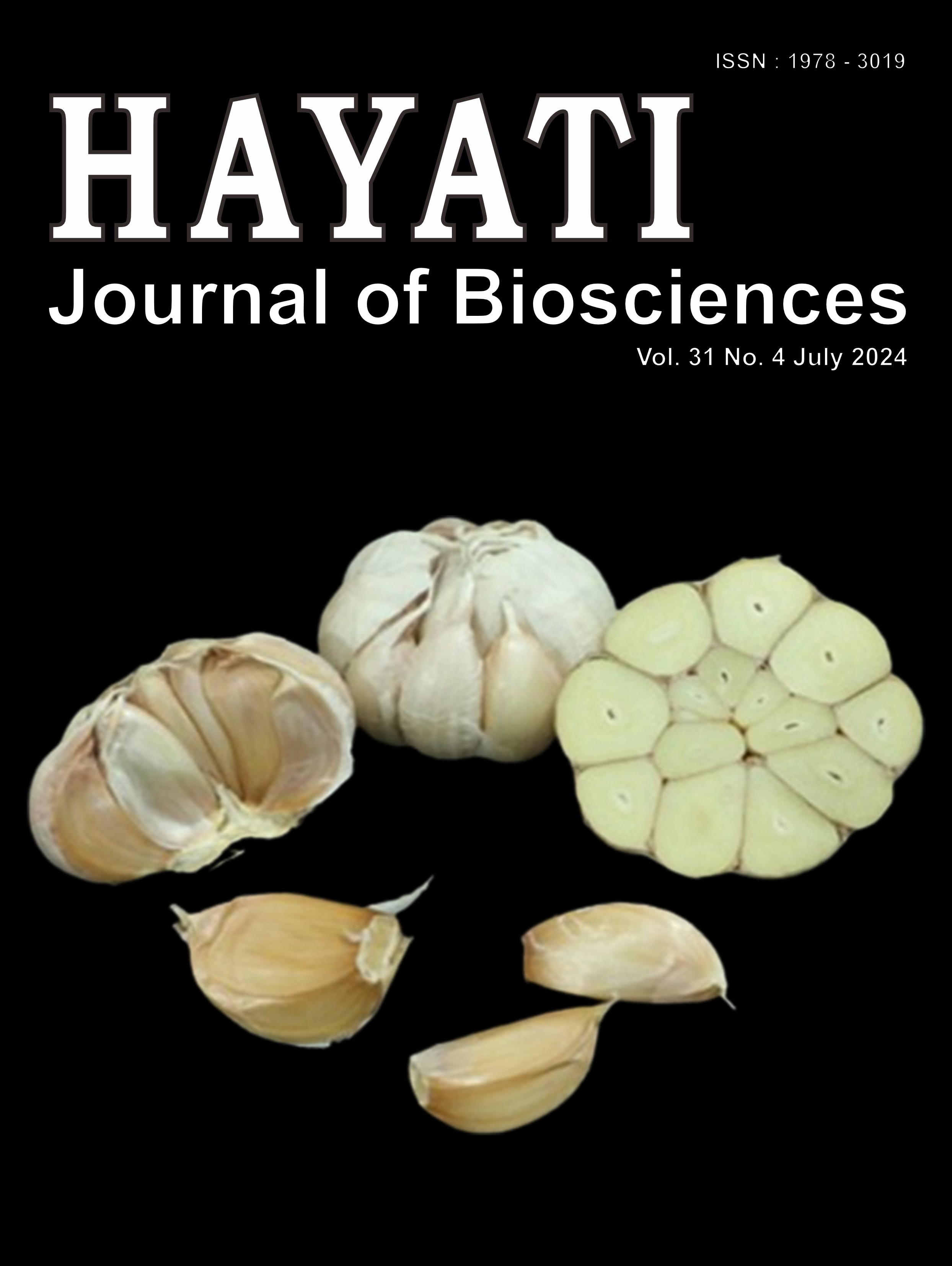Antimicrobial Activities and Painting Application of Pigmented-Producing Actinobacteria Isolated from Rhizospheric Soils of Mosses (Taxithelium nepalense (Schwägr.) Broth. and Barbula indica (Hook.) Spreng.)
Abstract
In the survey of biodiversity of actinobacteria associated with mosses (Taxithelium nepalense (Schwägr.) Broth. and Barbula indica (Hook.) Spreng.), certain strains of pigment producing actinobacteria were isolated and purified on SCA and incubated at 30°C for 1 week. Based on deep-shade color of actinobacterial pigments, 4 strains were collected and used for painting color preparation. To evaluate the antimicrobial activities, the crude extracts were prepared from 4 actinobacterial strains and tested with Escherichia coli PSRU-01 and Staphylococcus aureus PSRU-01. The results indicated that the crude extracts of C7, C13, C15 and D13 could not inhibit growth of E. coli PSRU-01, but S. aureus PSRU-01 was inhibited. Two fungal testers, including Colletotrichum sp. PSRU-01 and Fusarium sp. PSRU-01, were completely inhibited by the crude pigment extracts of C13, C15 and D13. Based on phylogenetic results, the actinobacterial strains were closely related to Streptomyces californicus (C7, 100% identity), Streptomyces bungoensis (C13, 99.8% similarity), Streptomyces humi (C15, 99.9% similarity), and Streptomyces rectiverticillatus (D13, 99.8% similarity). They also shared phenotypic characteristics with Streptomyces. The cultivated cells of actinobacteria on broken-milled rice were used for pigment extraction and followed by determination of the extracted pigments for mixing with acrylic color in the shade violet, green, orange and pink colors. Application of actinobacterial pigments in painting is the first report and it is an innovative utilization of actinobacterial pigments in non-scientific field in Thailand.
Downloads
Copyright (c) 2024 Sittichai Urtgam, Kanjana Thananoppakun, Chaowalit Puengtang, Tawatchai Sumpradit, Bantita Thuankul, Naruemol Thurnkul

This work is licensed under a Creative Commons Attribution-NonCommercial 4.0 International License.
HAYATI J Biosci is an open access journal and the article's license is CC-BY-NC. This license lets others distribute, remix, tweak, and build upon author's work, as long as they credit the original creation. Authors retain copyright and grant the journal/publisher non exclusive publishing rights with the work simultaneously licensed under a https://creativecommons.org/


















.png) IPB University
IPB University Department of Biology
Department of Biology The Indonesian Biological Society
The Indonesian Biological Society 

